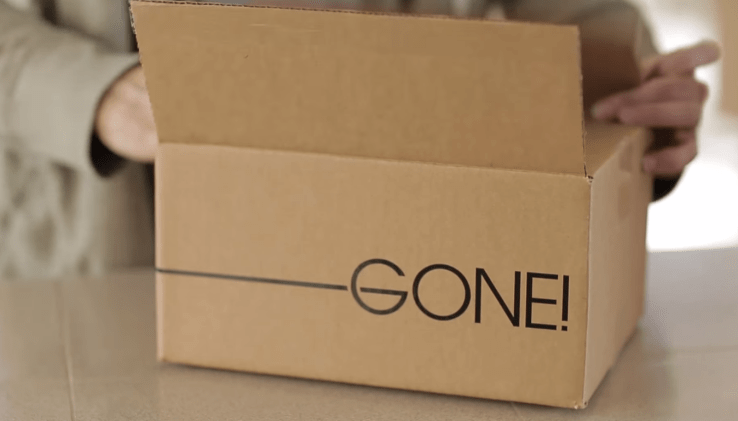I mentioned previously that I’m going to be moving soon which means that I have a lot of stuff to get rid of. Some of it has sentimental value only and wouldn’t be of much use to somebody else. Like the foul ball that I battled a seven year old for at a Spring Training game last year. Or my Love Actually DVD. But some other things would have value such as my Wii, iPad keyboard, or Dragon Dictation software all of which I never use. I would love to be able to sell some of these items but as I detailed in an earlier post there’s no good place to host a garage sale near me. Thankfully, that’s no longer my only recourse for getting rid of old junk as there is now a company that will sell your stuff for you! This company is appropriately named Gone and it sounds absolutely amazing.
As Tech Crunch explains:
“In an age when consumerism is almost the only path to survival, it’s pretty easy to accumulate a lot of stuff. And then you get more stuff, and wind up startlingly close to a hoarder’s lifestyle before deciding to sell a bunch of it. At first, the idea feels brilliant, until you start tabulating the time, effort and resources involved in selling off a bunch of old crap. Is it worth it, you ask?
With Gone, it totally is.
The new app lets you snap a picture of items you want to sell and add a description. Gone takes care of the rest. It will either sell the item for you, or donate it to charity if it can’t find a buyer. Gone then sends you a box to pack up your stuff, and returns the next day to pick it up and ship it off to the recipient. Packing up your items in boxes dropped off at your house is literally the extent of the effort you put into this.”
That’s good because that’s literally the extent of how much effort I’m willing to put into it. It’s just so much easier to throw things away then attempt to sell them one by one on eBay. I know that I’m literally throwing away money. Funds that I may very well desperately need in a few months. But at the time that you’re going through your belongings you’re not thinking that far down the road. All rationale thought goes out the door when you’re staring at a pile of back issues of Wired magazine. Drastic action is required.
That’s why Gone seems like such a promising idea. It makes the hassle of moving or the chore of getting organized simple. Which begs the question: where do I sign up?

Is Gone the Greatest Idea Ever?












